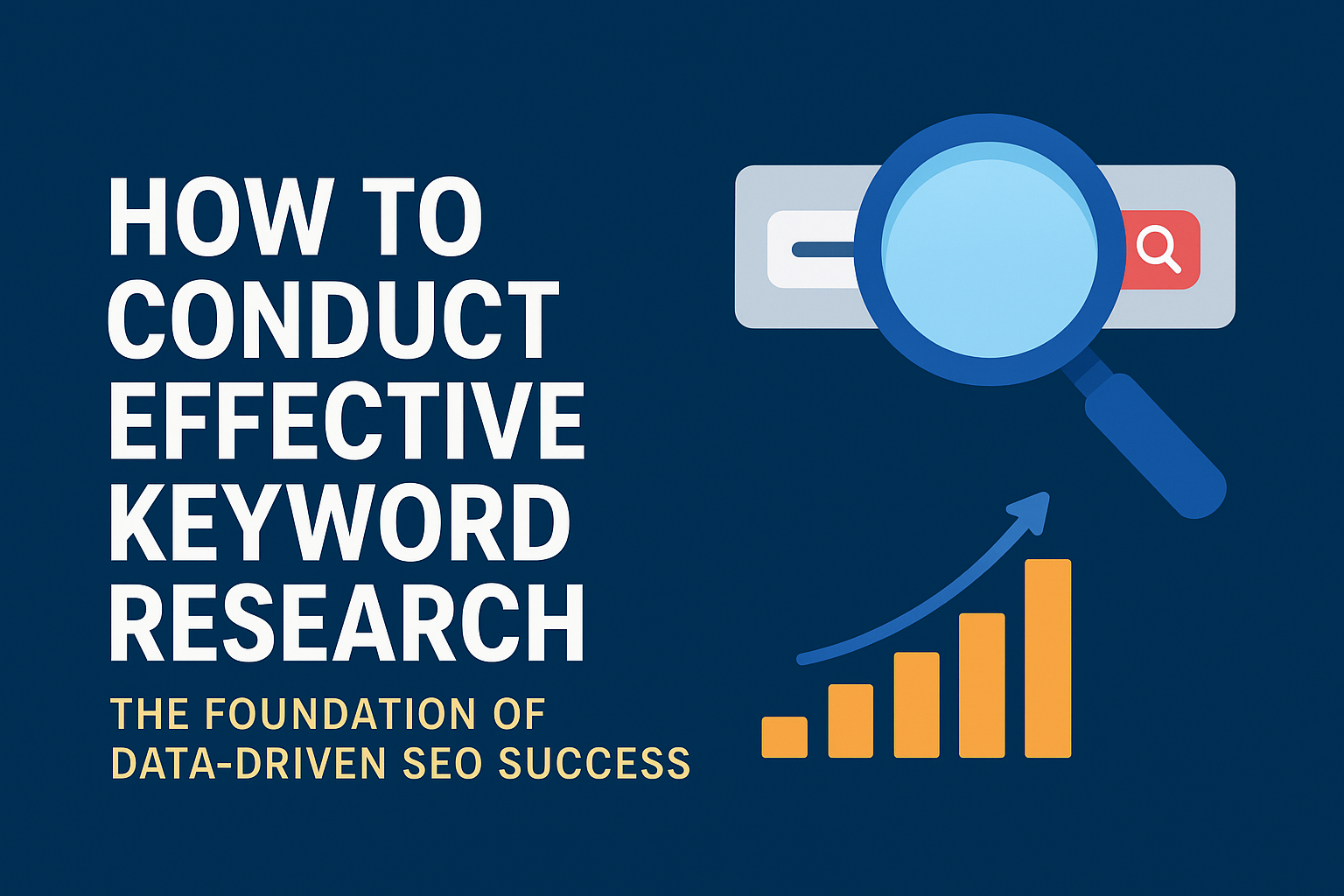The digital landscape is evolving faster than ever. As businesses race to meet rising user expectations, User Experience (UX) and User Interface (UI) design have become the linchpins of brand differentiation.
Statistics show that 88% of users won’t return to a site after a poor experience, and according to Forrester, each $1 invested in UX yields $100 in ROI. These figures highlight a simple truth: great design is great business.
Warsi Entrepreneurs Insight:
UX/UI isn’t just about design—it’s about how your business feels to your customers, every second they interact with it.
The Significance of UX/UI Design
UX/UI design shapes the user’s entire journey—from the moment they land on your page to the decision to stay, engage, or buy.
- UX focuses on usability and logic.
- UI emphasizes aesthetics and interaction.
Together, they drive engagement, retention, and trust—making UX/UI not just a creative decision, but a strategic one.
Learn more about our design philosophy → About Warsi Entrepreneurs
1. AI and Machine Learning in Design
Artificial Intelligence and Machine Learning are now integral to UX/UI design processes, making experiences smarter, faster, and more personalized.
- Personalized Experiences: Platforms like Netflix and Spotify use AI to tailor recommendations based on individual behavior.
- AI-Driven Design Tools: Software such as Figma and Adobe Sensei accelerate design decisions, predict layouts, and suggest visual pairings.
Case Study: Spotify’s “Discover Weekly” feature uses machine learning to understand user tastes, boosting engagement and retention.
Warsi Entrepreneurs Insight:
AI helps designers anticipate user needs—transforming design from reactive to predictive.
2. Immersive Experiences: AR and VR
Augmented Reality (AR) and Virtual Reality (VR) are transforming how people interact with products and environments.
- Retail: IKEA Place lets customers preview furniture at home before buying—leading to higher conversion and fewer returns.
- Training: Fields like medicine and aviation leverage VR for immersive, risk-free practice environments.
These experiences redefine engagement by merging the physical and digital worlds.
See how immersive design enhances experience → Services
3. Voice and Chat Interfaces
The rise of voice technology and conversational interfaces is making digital interactions more human.
- Voice UX: Devices like Amazon Echo and Google Home allow hands-free navigation.
- Chatbots: Automated chat interfaces resolve queries instantly, improving customer support efficiency.
Example: Domino’s Pizza integrated with Alexa and Google Assistant, allowing customers to order via voice—reducing friction and increasing engagement.
Warsi Entrepreneurs Insight:
Conversational UX removes barriers—when users talk, businesses listen faster.
4. Accessible and Inclusive Design
Inclusive design ensures equal usability for all users, including those with disabilities.
- Accessibility Standards: Meeting WCAG guidelines ensures screen readers, proper color contrast, and keyboard navigation.
- Cultural Sensitivity: Global products require designs that respect regional norms and inclusivity.
Example: Apple’s VoiceOver empowers visually impaired users by reading on-screen content aloud, reinforcing Apple’s accessibility commitment.
Explore how inclusive design builds stronger engagement → Contact
5. Neumorphism and Minimalism
Visual trends continue evolving toward simplicity and tactility.
- Neumorphism: A blend of realism and flat design—soft shadows, raised effects, and subtle gradients.
- Minimalism: Focused on function, whitespace, and visual calm to reduce cognitive load.
When implemented thoughtfully, these aesthetics create elegant interfaces that improve usability without sacrificing beauty.
Warsi Entrepreneurs Insight:
Minimalism isn’t about less—it’s about meaning.
6. Data-Driven Design
The future of UX/UI is driven by data, not assumptions.
- Behavior Analytics: Tools like Hotjar and Google Analytics reveal how users actually behave.
- Continuous Optimization: Real-time testing helps refine layouts and micro-interactions for measurable performance gains.
Businesses that invest in UX optimization typically see 2× higher revenue growth and improved customer satisfaction scores.
Technology’s Role in Shaping UX/UI
Emerging technologies are revolutionizing how teams conceptualize, create, and scale design systems:
- AI Workflows: Automate repetitive design tasks and focus on creativity.
- Blockchain Integration: Strengthen user trust with transparent transactions in fintech or e-commerce.
- Collaborative Cloud Design: Platforms like Figma enable real-time teamwork across continents.
Together, these innovations make UX/UI smarter, more secure, and more collaborative than ever before.
Conclusion: Designing the Future
The next era of UX/UI design will be defined by empathy, data, and innovation.
Businesses that prioritize user experience will build loyalty, scalability, and sustainable success.
Warsi Entrepreneurs Insight:
Experience isn’t a design trend—it’s the foundation of digital trust.
Learn how UX/UI design impacts growth → Warsi Entrepreneurs Blog


